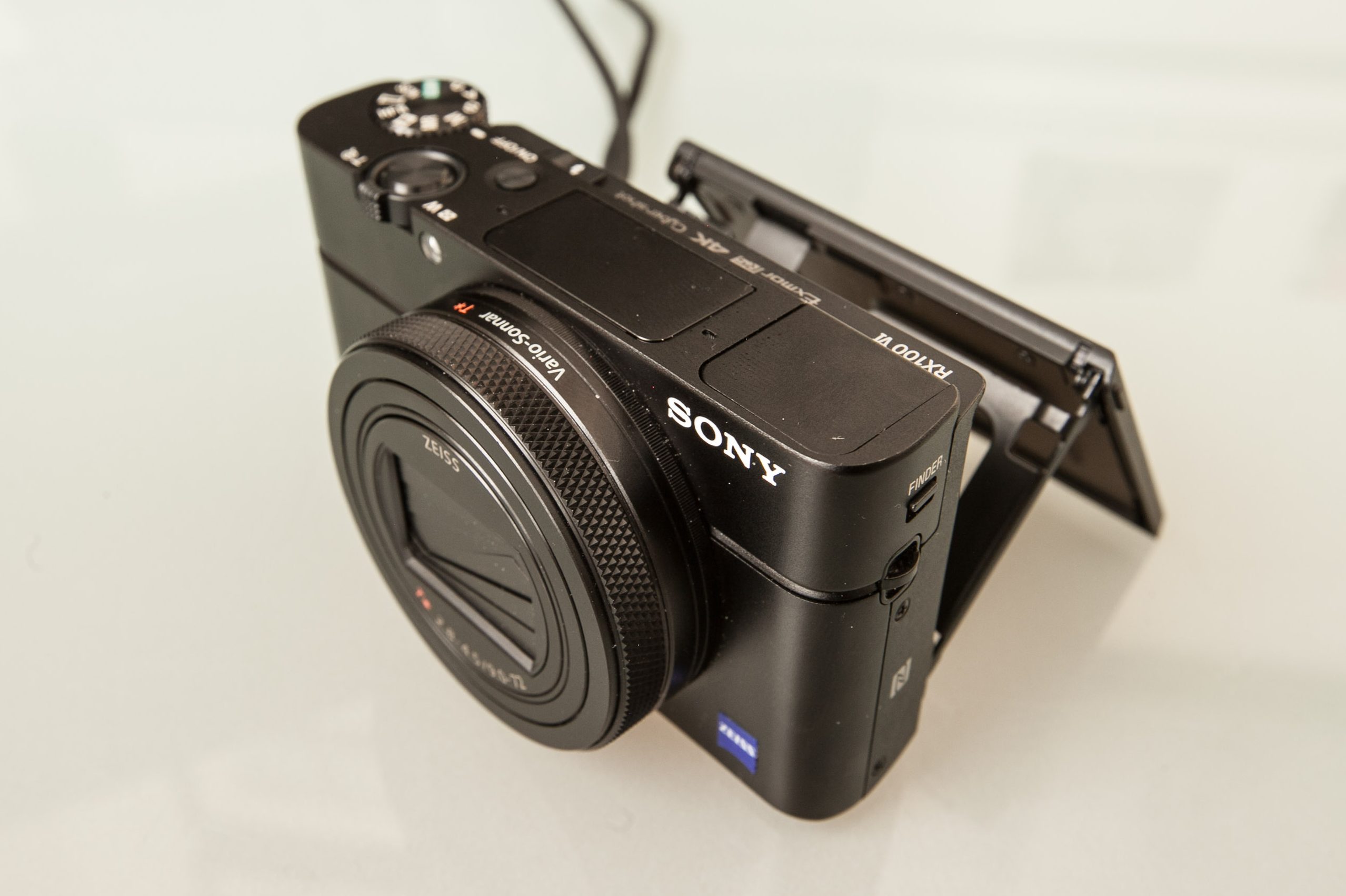
Sony has recently released the sixth iteration of it’s ground-breaking compact camera, the RX100 VI. Having spent some time shooting with the new model, today I’m giving you my thoughts and asking—do owners of the M5 need to rush out and buy the updated version?
The Sony RX100 is one of my all-time favourite cameras to review. Sony has consistently sought to push the boundaries of what it is possible to pack into a tiny package and it’s always exciting to uncover the latest features and find out what new possibilities await.
The Specifications
- ZEISS® Vario-Sonnar T* 24–200 mm F2.8–4.5 high-resolution zoom lens
- Approx. 20.1 effective megapixel 1.0-type stacked Exmor RS™ CMOS sensor with DRAM chip
- BIONZ X™ image processing engine for superior detail reproduction and noise reduction
- 0.03 sec AF response with 315 focal-plane phase-detection AF points
- Up to 24fps continuous shooting with AF/AE for up to 233 shots
- Optical SteadyShot™ image stabilization
- Anti-distortion shutter
- Remote shooting over Wi-Fi with the Sony PlayMemories app
Pocket Rocket
If you’ve never held an RX100 in your hands before, the first thing you will notice is the size; this is a very small camera by any standard, and one that you will have absolutely no excuse not to carry with you everywhere you go. But don’t be fooled by it’s diminutive size—this thing is a pocket rocket, pound-for-pound one of the most powerful cameras in the world.
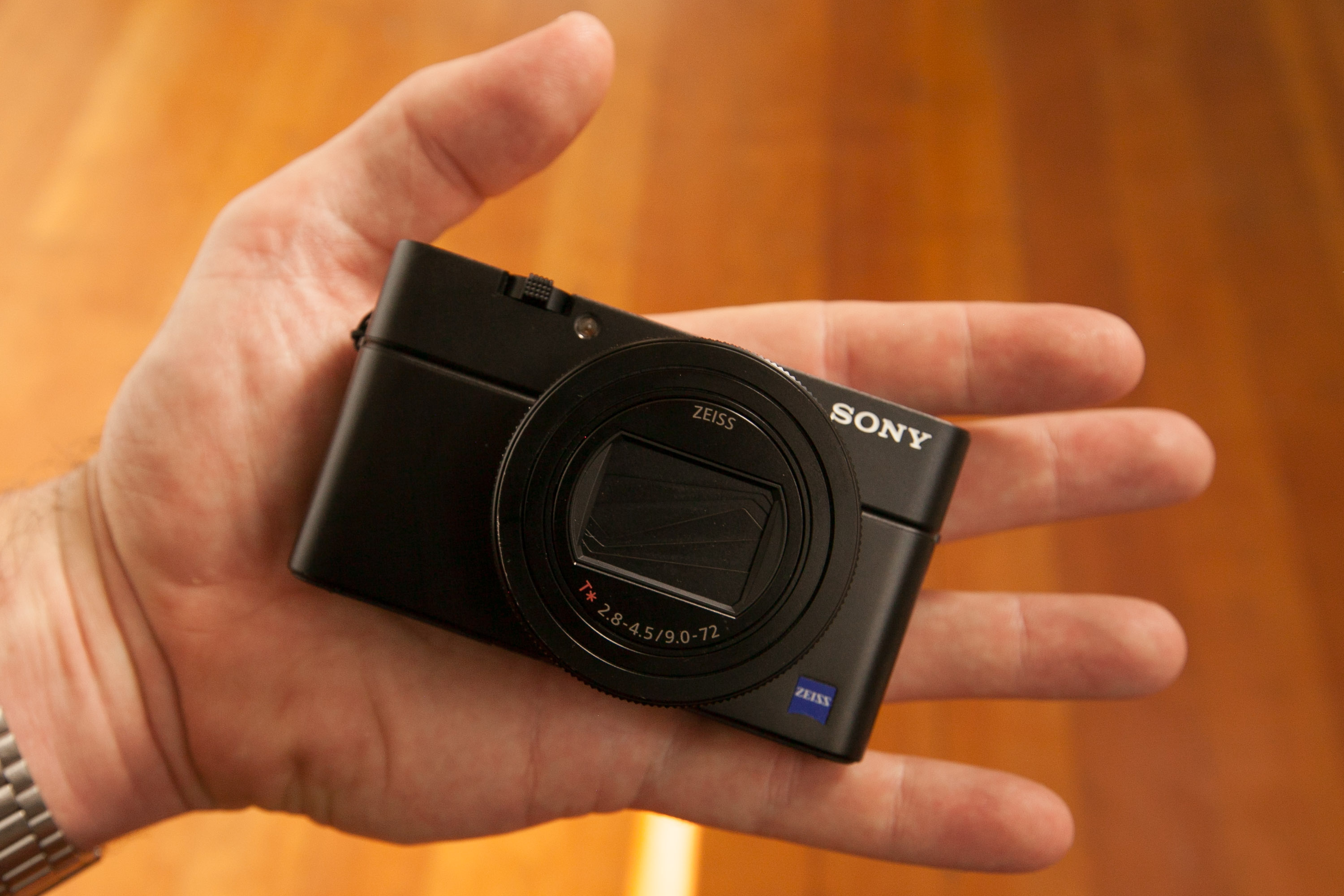
The Upgrades
I know that one of the first questions that enthusiasts will ask is: “What are the upgrades from the mark V?” Well, one of the key upgrades is the 24-200mm optical zoom, where the mark V had just a 24-70mm optical zoom. That improved focal range makes this a really flexible camera, and great for travelling. You can shoot architecture and landscapes, portraits and street photography, even nature and wildlife.
Touchscreen
Another notable new feature is the touchscreen. I’ve been wondering for a while now why camera manufacturers have been so slow to incorporate a technology that is so commonplace elsewhere. Most of us use our smartphones regularly throughout our day, so it has almost become an expectation that we should be able to control any LCD screen by touch. Well finally Sony is onboard. There are, however, a limited number of functions you can perform by touch with the RX100. Essentially you can tap the screen to focus, either for stills or while shooting video, and you can also focus and shoot a still image with a single tap. To have the option to change focus while shooting video is a major fillip for the VI, and adds to an already impressive array of video features, more about which later.
The other area in which the touchscreen is useful is for reviewing images. You can swipe through the images you’ve shot and also zoom in to get a closer look at any image you choose.
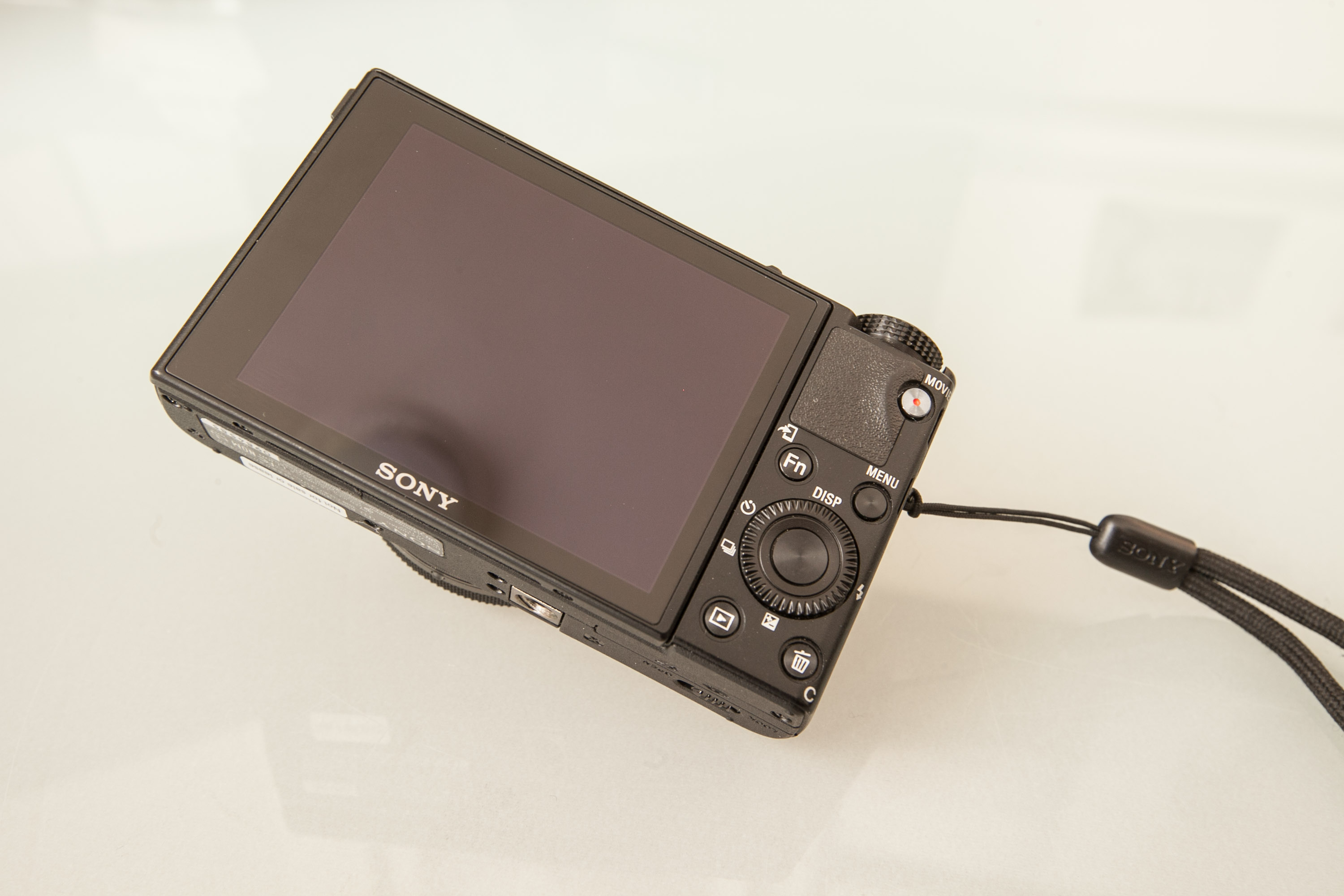
Selfie Mode
Another upgrade I discovered is that the LCD screen now rotates all the way to the forward-facing position, which is Sony’s way of telling us that it’s ok to take the occasional selfie, even with a serious camera like the RX100. In fact when you do rotate the screen to the forward-facing position and click the shutter button, you get a three second countdown right there on the screen, which is actually pretty cute (and kind of handy).
Optical Viewfinder
One of the features I’ve always enjoyed on the RX100 is the optical viewfinder. It’s great to have the option to compose your image either using the LCD screen or the viewfinder. Photography purists love a good old viewfinder, and I’m with them on that because I find that physically putting my eye to the camera helps me to focus more consciously on the image I’m trying to create. It’s also useful to have a viewfinder on very sunny days when the glare on the LCD screen makes it difficult to use it effectively. I should also mention that this is not just any old viewfinder, but a very high resolution screen made up of over 2.36 million dots. Also, when you pop up the viewfinder the camera also powers up and is immediately ready to shoot. Very handy.
Customizable Control Ring
Another great feature of the RX100 is the control ring, which sits at the base of the lens next to the body. By comparison with some popular mirrorless cameras like the X-series from Fujifilm which have manual controls to allow you control shutter speed and aperture, the RX100 is pretty minimal, and you have to change your settings via the LCD screen. The beauty of the control ring however, is that you can assign a number of different functions to it, like focussing or aperture selection for example.
Video Monster
I’ve been shooting a lot of video lately, so I was particularly interested to see what the RX100 VI packs in terms of frame rates and resolutions. Suffice to say I was very, very impressed. The mark VI shoots full 1080p HD at up to 120 frames per second, and 4k Ultra HD at up to 30 frames per second. But there’s lots more besides to impress the video buffs, like the fact that the mark VI records in S-Log3 mode, which is a little bit like RAW mode for still images.
When a camera records video, it has to compress the frames it captures pretty aggressively in order to write those frames to the memory in real time. With S-Log3 mode however, the compression is much less, and you have more leeway to post-process the footage afterwards. The downside is that your file sizes are much bigger.
I really enjoyed shooting in the HFR (High Frame Rate) mode, which allows you to shoot Full HD at either 240, 480 or 960 fps, which gives you some pretty jaw-dropping slow-mo shots. It doesn’t work like regular shooting however, in that it buffers a certain amount of footage, and then lets you choose how much of that footage to include in your clip. I found it a little unintuitive at first, but I was still able to get some really nice shots nonetheless, as you’ll see in my review video.
I did have a little trouble using the RX100 Vi with my stabilizer, because it is so small and light, and my stabilizer was designed for bigger units. You can definitely find a stabilizer that will work with a smaller camera though.
Below are some of my sample shots taken with the RX100 VI. You’ll notice the last shot of my kids was taken at ISO 2500, which was about as far as I was able to push the ISO before I felt that the noise became too much. The maximum ISO is ostensibly 12800, but I would only push it that far as an absolute last resort.
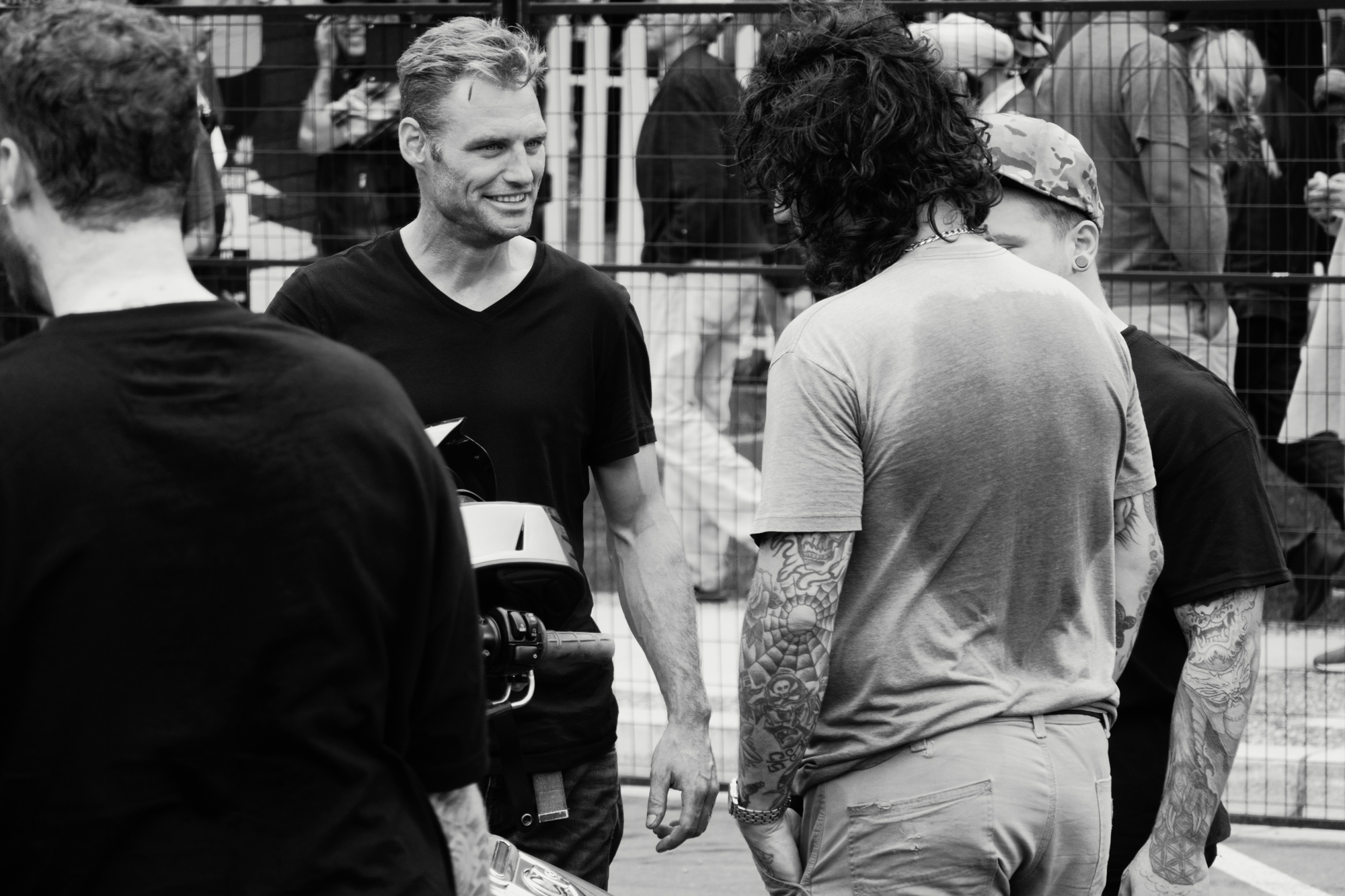
200mm, 1/200sec, f/4.5, ISO 125


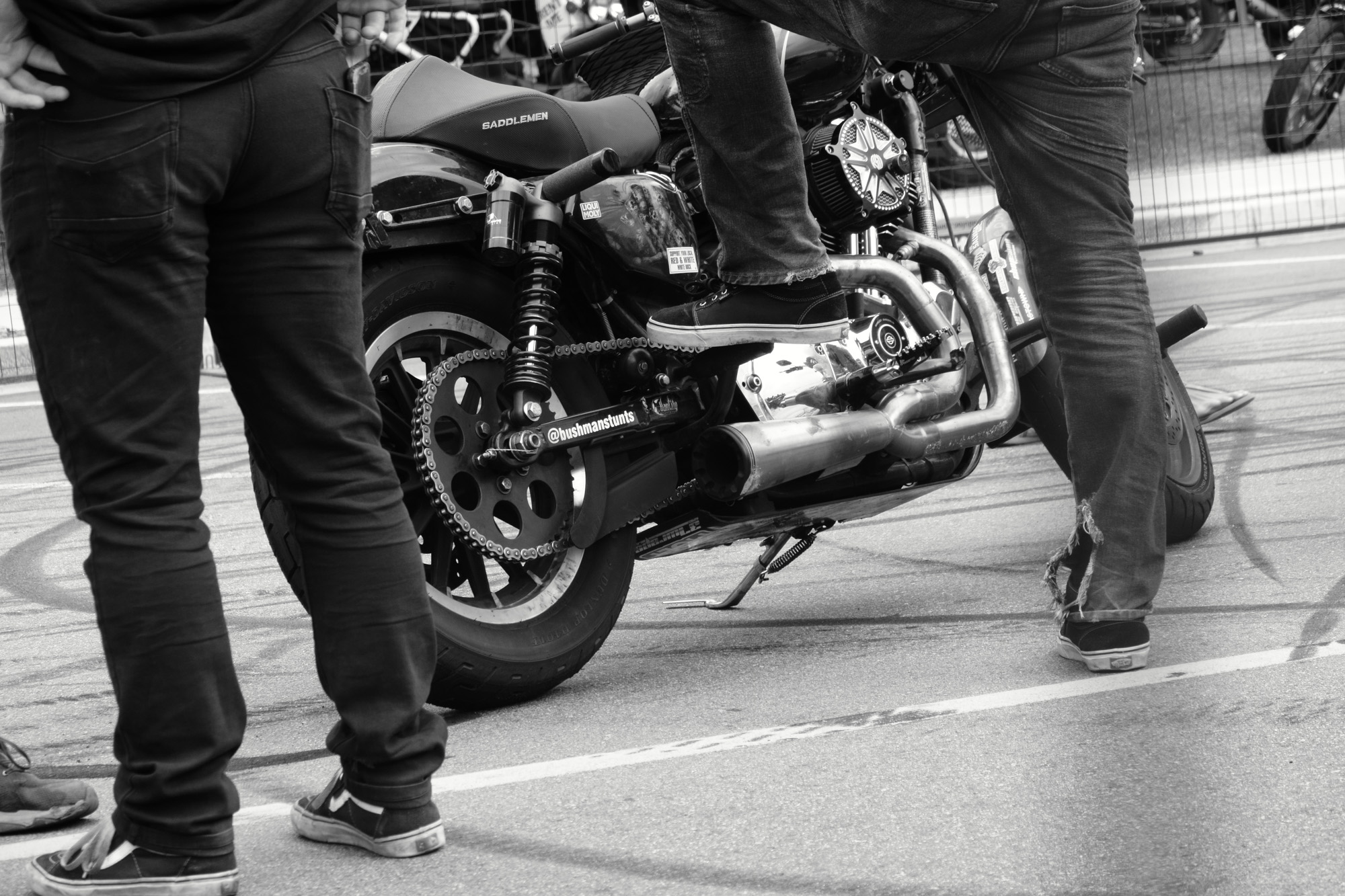
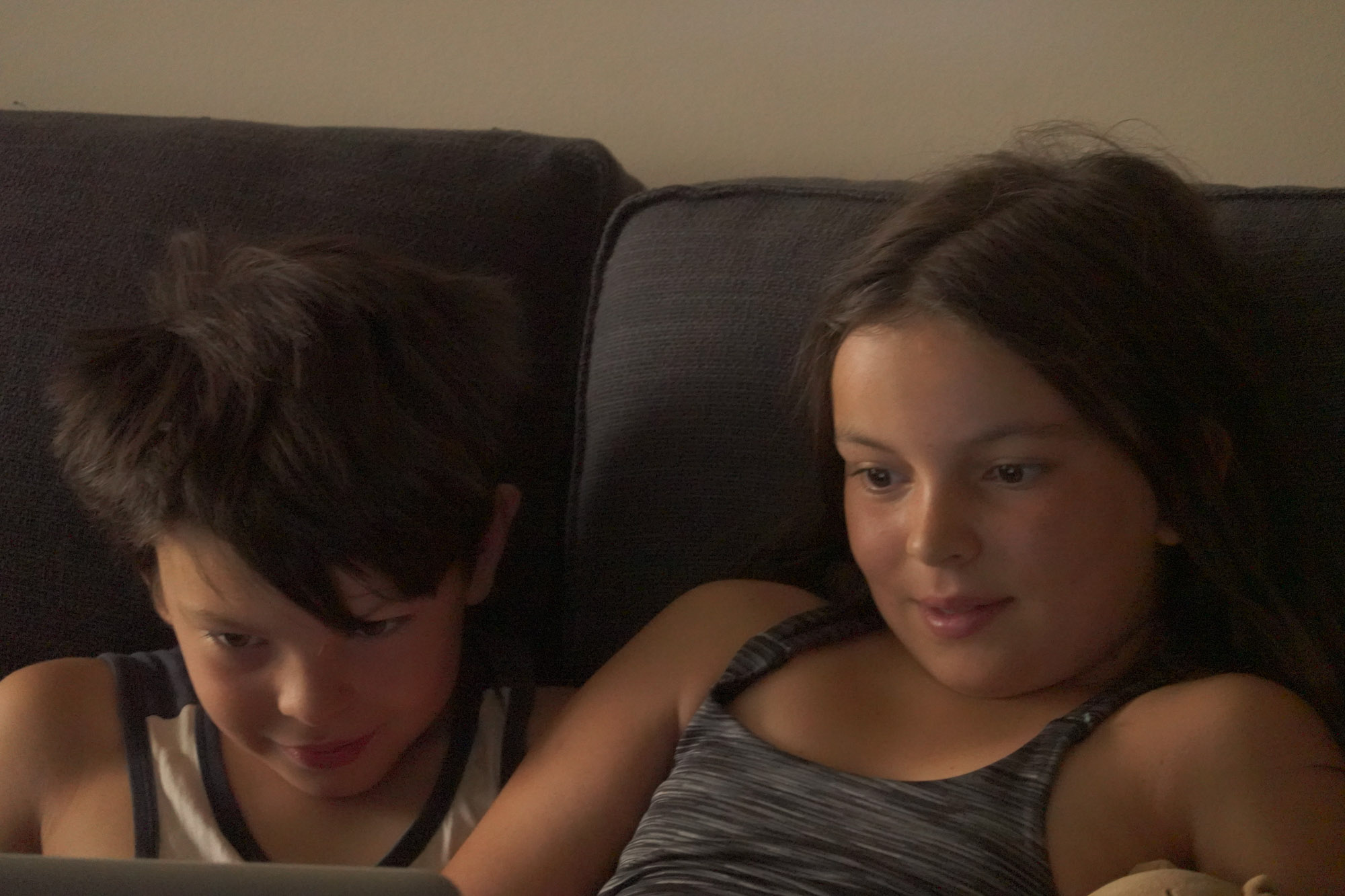
All in all I really enjoyed shooting with the RX100 VI, and I can definitely see why some mark V users might consider upgrading. If you don’t own a RX100 yet, you can still buy any model from the original to the mark VI at BestBuy.ca, and they represent really great value for money.
Be sure to check out the entire range of compact cameras available at BestBuy.ca



